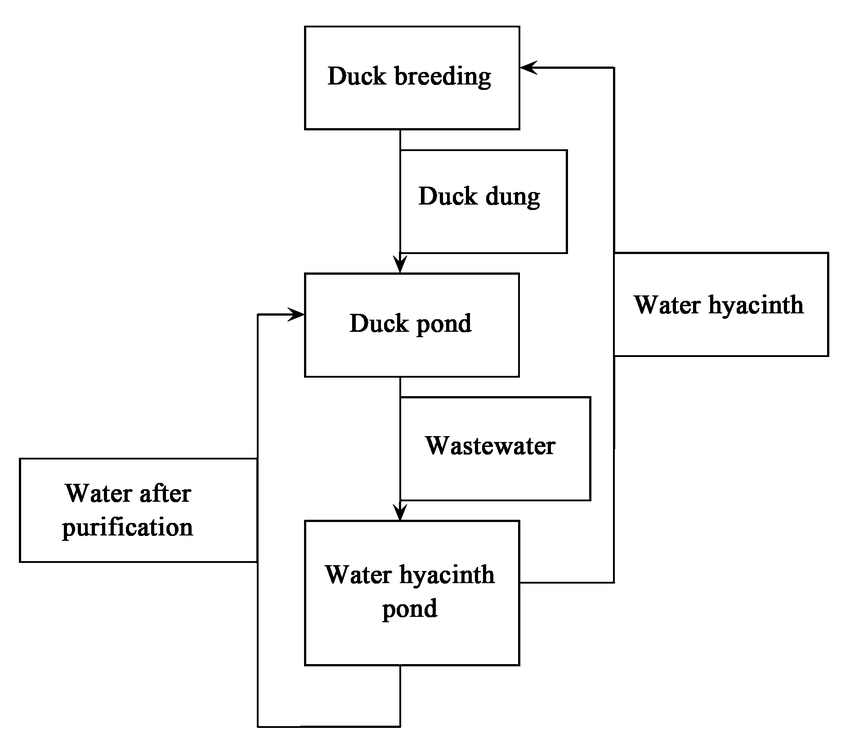Review of Household Wastewater Treatment with Multistage Filters and Water Hyacinth Bioremediation
Main Article Content
Abstract
Household wastewater in Indonesia is relatively unaffordable by waste treatment technology, as well as the high cost of existing waste technology, so a cheap and easy-to-implement household waste treatment system is needed that can provide optimal results. One sustainable approach that can be applied is a combination of multi-level sieve and bioremediation using water hyacinth (Eichhornia crassipes). This study aims to review the effectiveness of the method in reducing the content of major pollutants, such as total suspended solids (TSS), biochemical oxygen demand (BOD), chemical oxygen demand (COD), as well as nitrogen and phosphorus levels in domestic wastewater. Cascade filters function to filter suspended particles and reduce pollutant loads, while water hyacinths play a role in phytoremediation by absorbing excess organic matter and nutrients. Based on various studies that have been carried out, this method has been proven to be able to significantly reduce pollutant levels and improve the quality of treated water. The effectiveness of the system depends on the design of the sieve, the density of hyacinth plants, as well as the environmental conditions in which the system is applied. With relatively low costs and environmentally friendly technology, this method can be an alternative solution for areas that do not yet have an integrated waste treatment system. However, further studies are needed to optimize the design of the system and evaluate the long-term impact on the environment.
Downloads
Article Details
Section

This work is licensed under a Creative Commons Attribution-ShareAlike 4.0 International License.





